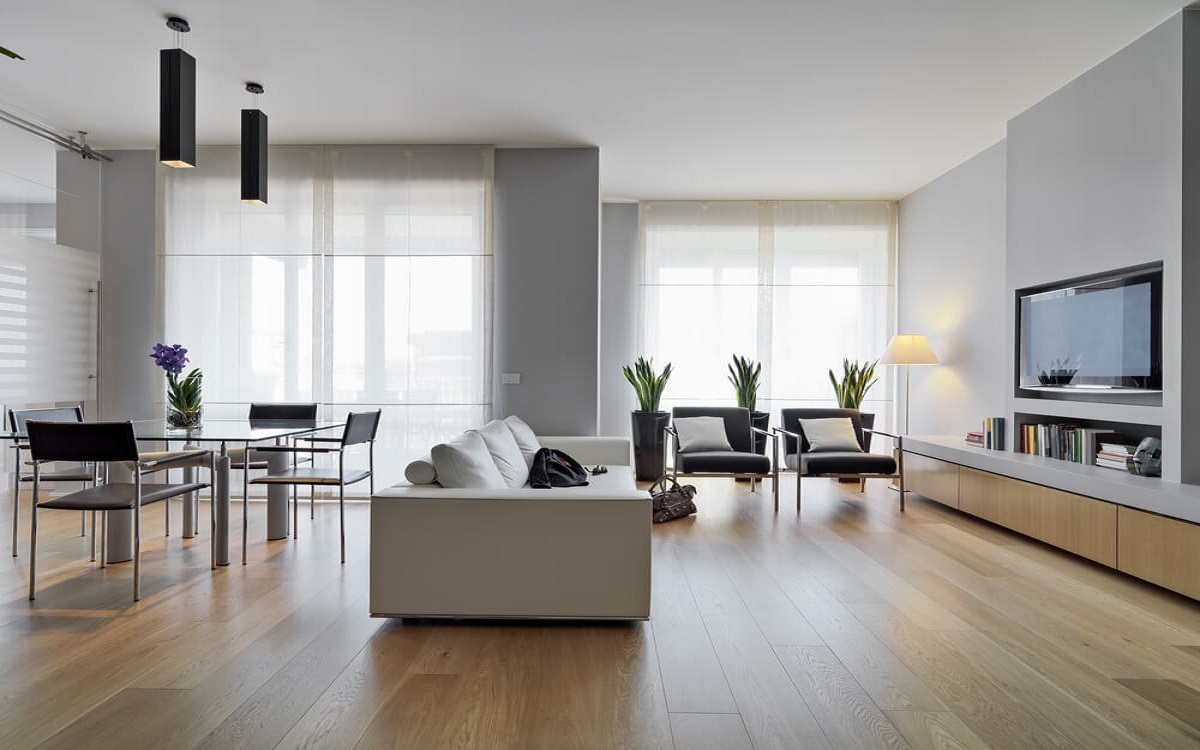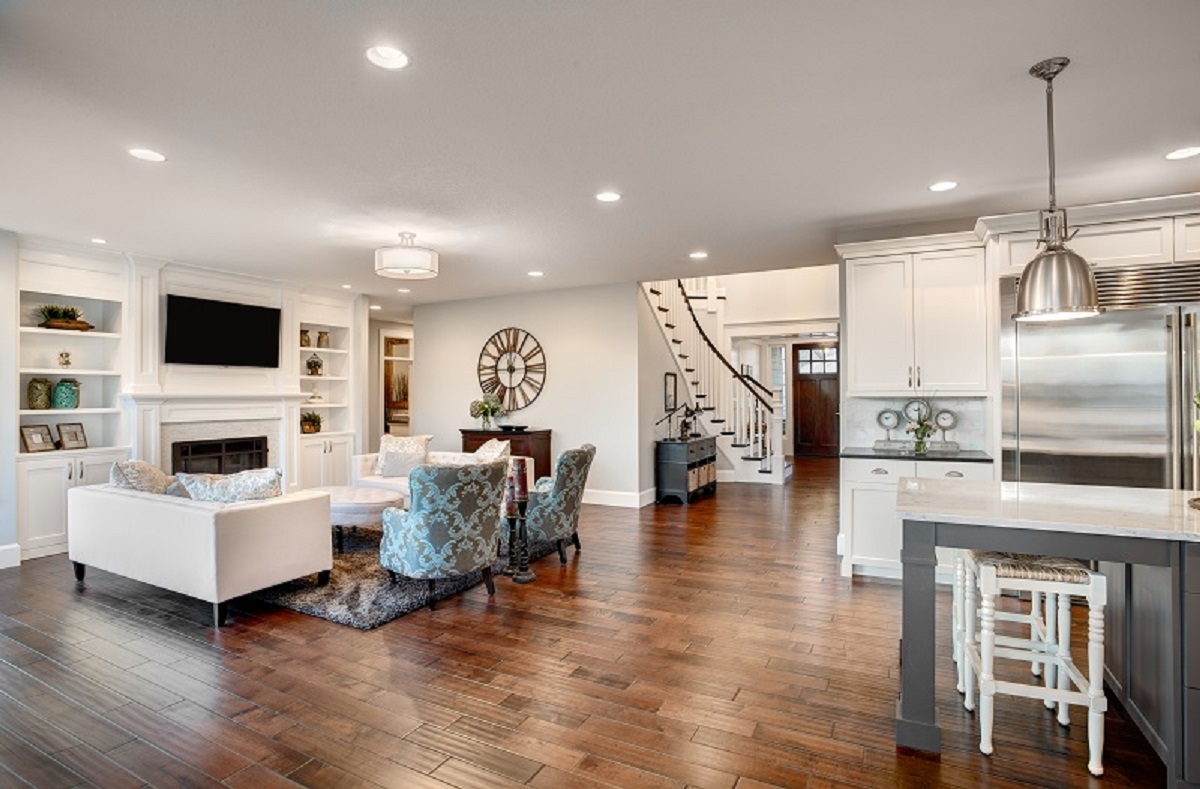Table of Contents
Engineered timber flooring is an engineered timber floor and has an appearance and qualities similar to traditional solid wood floors. Engineered floors are considered the best option for those who want the beauty of conventional timber flooring but have allergies to dust or are looking for a more sustainable option. Engineered timber flooring is made from layers of high-quality hardwood that are glued together with waterproof glue. These hardwoods can be any type that would traditionally be used for furniture or other wooden products, such as oak, walnut, cherry, chestnut, mahogany and more.
Engineered Timber Floor Benefits

Uniformity: Engineered floors are made of an engineered wood product called plywood. The thickness of the plywood is uniform throughout the floor’s depth, which ensures uniformity of the surface.
Stability: Faux floors are more stable, quieter, and have less expansion under humidity or temperature changes.
Doesn’t shrink: Engineered timber flooring eliminates most squeaks and is less likely to shrink or swell. For these reasons, engineered timber floors are becoming increasingly popular in homes and commercial buildings.
Les expansive: Engineered timber flooring is a type of wood flooring made from thin layers of wood that are glued together as planks. They are less expensive than solid hardwood and create a relatively durable surface.
Looks like natural hardwood: It can be customized and make it look similar to the natural hardwood floors. This means that if you want the authenticity of a natural hardwood floor but don’t want to spend as much money, then this kind of flooring is maybe for you.
Customizable: Another benefit is that engineered timber floors can be installed in any type or shape, including angled cuts and quarter round bends. This means that if you don’t have an existing wooden surface, there should be no problem installing the engineered timber floors on any sort of building material such as concrete or stone.
How Durable is a Timber Floor?
Wood floors are known to be long-lasting and durable. Lumber is a natural product that has been used to create flooring for centuries. The durability of timber flooring depends on the thickness of the wood planks, the quality of the installation, and what kind of finish was applied to them. Wood floors can last for many years with proper care and maintenance.
Different types of engineered timber flooring have different levels of durability. Materials such as oak or maple are more durable than woods such as balsa or pine. If you want your wood floor to last a long time, you should consider choosing a hardwood type that is more resilient than others, such as Sequoia Pine or Oak. Hence, it will not be wrong to say that durability depends on the material being used.
What Type of Finish Does Timber Need?

More and more people are opting for a natural finish for their timber floors. This is mainly because of the fact that they offer a handcrafted appearance to the engineered timber flooring.
Different types of finishes include:
Waxed finish: A waxed finish offers a low shine and gives off an antique appearance. The waxed flooring also has a slight yellowish sheen to it which is due to oxidation. Besides, waxing your floors can be done at home by mixing beeswax, turpentine, and mineral spirits, or you can hire timber flooring specialists to do it for you.
Oil Finish: An oil finish has a medium shine and leaves behind an even patina on the timber floor. The colour of the oil varies depending on what type you use, i.e., linseed or tung oil.
Conclusion
Timber flooring is a hard surface that makes your home more eco-friendly. In conclusion, it is one of the best choices to customize your home. Moreover, it will suit your needs, and it will be an excellent investment as well with long-lasting effectiveness.



